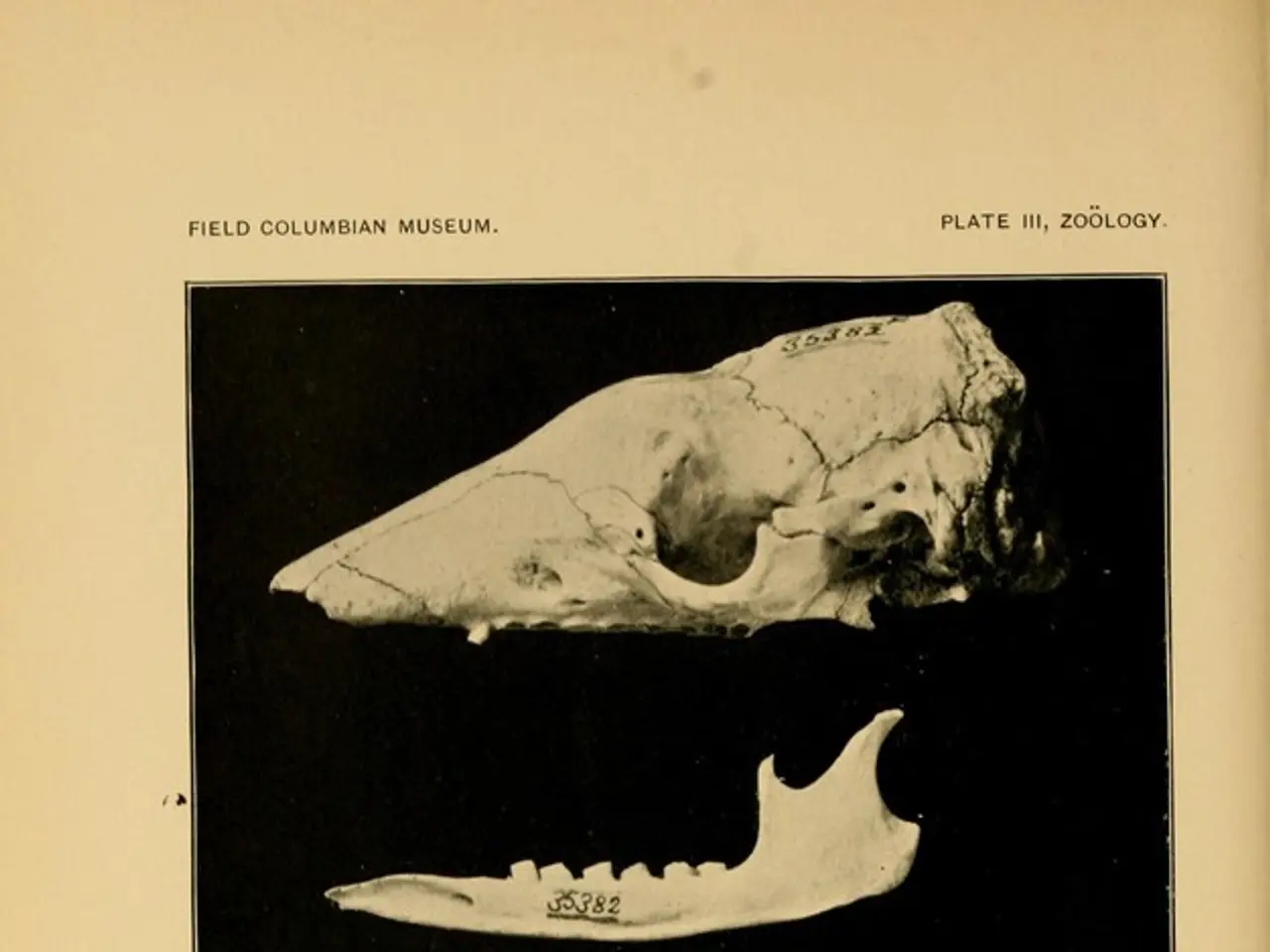Hairline Retreat: Exploration of Remedies, Progression, and Origins
A receding hairline is a common sign of hair loss, characterized by a gradual backward movement of the frontal hairline, often forming an “M” or “V” shape at the temples or resulting in a higher forehead. This condition affects both men and women, with men typically experiencing it due to male pattern baldness, while women may experience thinning after pregnancy or menopause.
### Stages of Receding Hairline
For men, the Hamilton-Norwood scale is used to classify the progression of male pattern hair loss, starting with mild recession (Stage 1) and advancing to extensive baldness in later stages. Early signs include thinning near the temples or front center, widening forehead, replacement of thick hairs by shorter, finer hairs, and emerging "M" shaped or widow’s peak hairlines. For women, hair thinning follows a different pattern, often scored by the Ludwig scale which involves central scalp thinning rather than recession at the temples.
### Causes of a Receding Hairline
The primary factors causing a receding hairline include genetics, hormonal influences, age, stress, medical conditions, medications, traction alopecia, and nutrient deficiencies. Genetics play a significant role, especially in male pattern baldness (androgenetic alopecia). Hormonal fluctuations, particularly in men due to an androgen hormone called DHT, and in women related to pregnancy, menopause, or thyroid conditions, also contribute to hair loss. Age is a risk factor, with more than 50% of males over the age of 50 experiencing some type of hair loss. Smoking may cause oxidative stress and reduced blood flow to a person's hair follicles, potentially contributing to a receding hairline.
### Treatments and Management Strategies
1. Medications: FDA-approved treatments include Minoxidil, which promotes hair regrowth and slows further loss, and Finasteride, an oral medication that inhibits DHT formation, mainly used for male pattern hair loss.
2. Hair Transplant Surgery: Follicular unit transplantation moves hair follicles from dense donor zones to sparse areas. This option is most effective if donor areas are healthy.
3. Low-Level Laser Therapy (LLLT): FDA-cleared devices use laser phototherapy to stimulate scalp health and hair regrowth.
4. Lifestyle and Preventive Measures: Avoiding chronic scalp tension (e.g., avoid tight hairstyles), managing stress through lifestyle changes, ensuring adequate nutrition, and regular consultation with dermatologists are crucial for preventing and managing hair loss.
5. Other Surgical Options: Forehead reduction surgery is an option for those with naturally large foreheads, not for hair loss management.
In summary, a receding hairline progresses through identifiable stages influenced by genetics, hormones, and external factors. Early intervention with medications and lifestyle adjustments can slow progression, while hair transplants and laser therapies offer options for restoration in advanced cases. Professional medical advice is crucial for appropriate diagnosis and treatment planning.
Sources: [1] American Academy of Dermatology. (n.d.). Hair Loss (Alopecia). Retrieved from https://www.aad.org/public/diseases/hair-loss/hair-loss-overview [2] Hamilton, O. (1951). A practical grading system for male pattern alopecia. British Journal of Dermatology, 65(5), 395-400. [3] American Hair Loss Association. (n.d.). Hair Loss Treatment Options. Retrieved from https://www.americanhairloss.org/hair-loss-learn/treatment-options/ [4] Ludwig, S. (1977). Classification of female pattern alopecia. American Journal of Dermatopathology, 9(6), 509-514. [5] National Alopecia Areata Foundation. (n.d.). Hair Loss Causes. Retrieved from https://www.naaf.org/learn/alopecia-information/hair-loss-causes
- Ulcerative colitis, a type of inflammatory bowel disease, and atopic dermatitis, a chronic skin condition, may share similar triggers with hair loss, making skin care and mental health essential for overall health-and-wellness.
- People suffering from arthritis might experience changes in their hair care routine due to limited mobility or physical discomfort, which could potentially result in hair loss.
- In the realm of scientific research, there is a growing interest in investigating the predictive links between diabetes, psoriatic type, and hair thinning, aiming to uncover novel management strategies for these conditions.
- A comprehensive approach to health-and-wellness would involve staying informed about potential side effects of medications, as certain drugs prescribed for diabetes or dermatitis might cause hair loss.
- It's important to note that while stress can contribute to some forms of hair loss, mental-health care should never be overlooked, as stress management is essential for maintaining overall well-being.
- Health-and-wellness advocates suggest that adopting a nutrient-rich diet can aid in promoting hair growth and potentially reduce the risk of experiencing hair loss due to nutrient deficiencies.
- The science behind haircare products continues to evolve, with a focus on restorative ingredients for those with ulcerative colitis, psoriatic type skin-care needs, or other medical conditions affecting their hair.
- As forurtune might have it, maintaining a healthful lifestyle can benefit both one's mental health and combat potential triggers for hair loss, offering a holistic approach to overall well-being.




